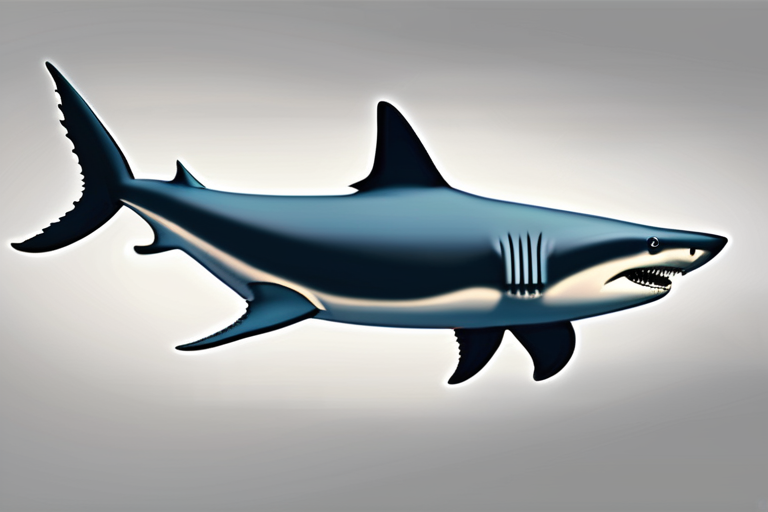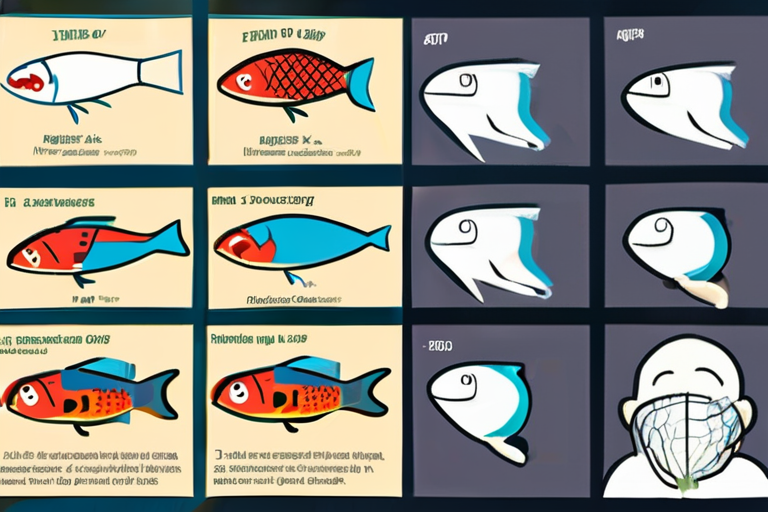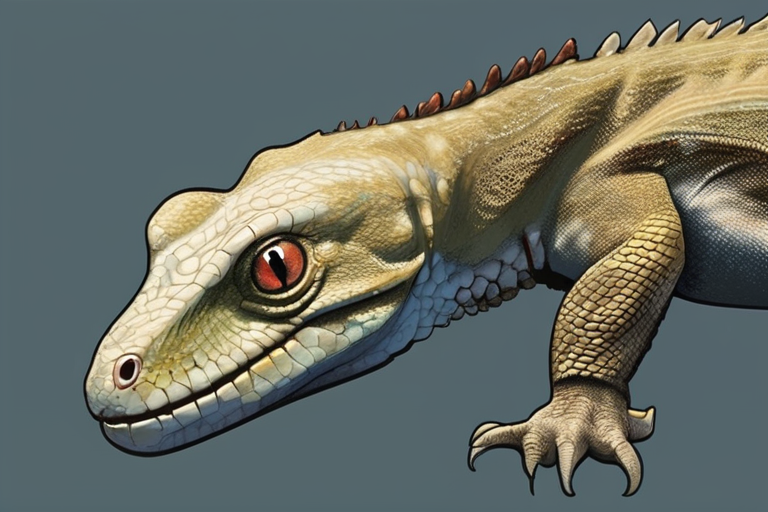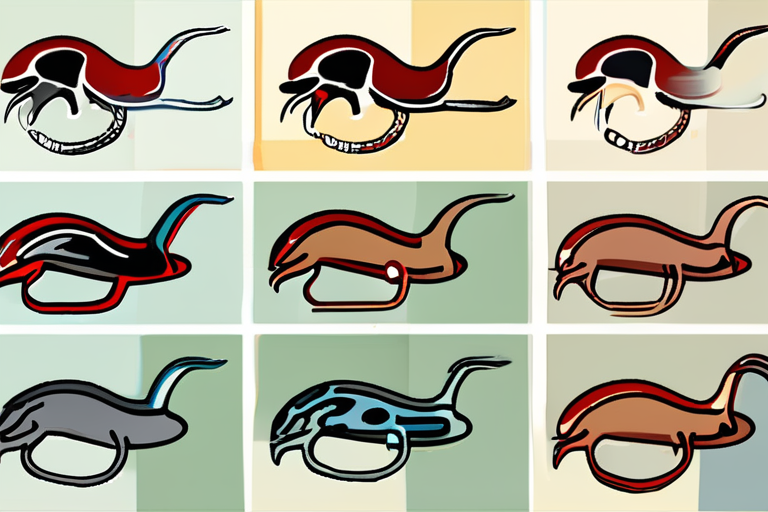Scientists Uncover Jaw-Dropping Evidence of True Teeth on Shark Relative's Head


Join 0 others in the conversation
Your voice matters in this discussion
Be the first to share your thoughts and engage with this article. Your perspective matters!
Discover articles from our community

 Hoppi
Hoppi

 Hoppi
Hoppi

 Hoppi
Hoppi

 Hoppi
Hoppi

 Hoppi
Hoppi

 Hoppi
Hoppi

Scientists Stunned by Discovery of Real Teeth Growing on Fish's Head SEATTLE, WA - October 16, 2025 - A groundbreaking …

Hoppi

Colombian Coastal Communities Join Scientists to Protect Endangered Hammerheads BOGOTA, Colombia - In a groundbreaking effort to safeguard the world's …

Hoppi

Scientists Uncover Mysterious Jurassic Lizard with Snake-like Jaws A team of researchers from the American Museum of Natural History has …

Hoppi

Ancient Leeches Were Ocean Hunters, Not Bloodsuckers A groundbreaking fossil discovery has rewritten the history of leeches, revealing that these …

Hoppi

From Gentle Giants to Ghostly Hunters, Sharks Face an Unseen Peril A recent study published in the journal Current Biology …

Hoppi

Science News from research organizations Fossil reveals a 310-million-year-old fish that ate with a hidden second jaw Date: September 4, …

Hoppi